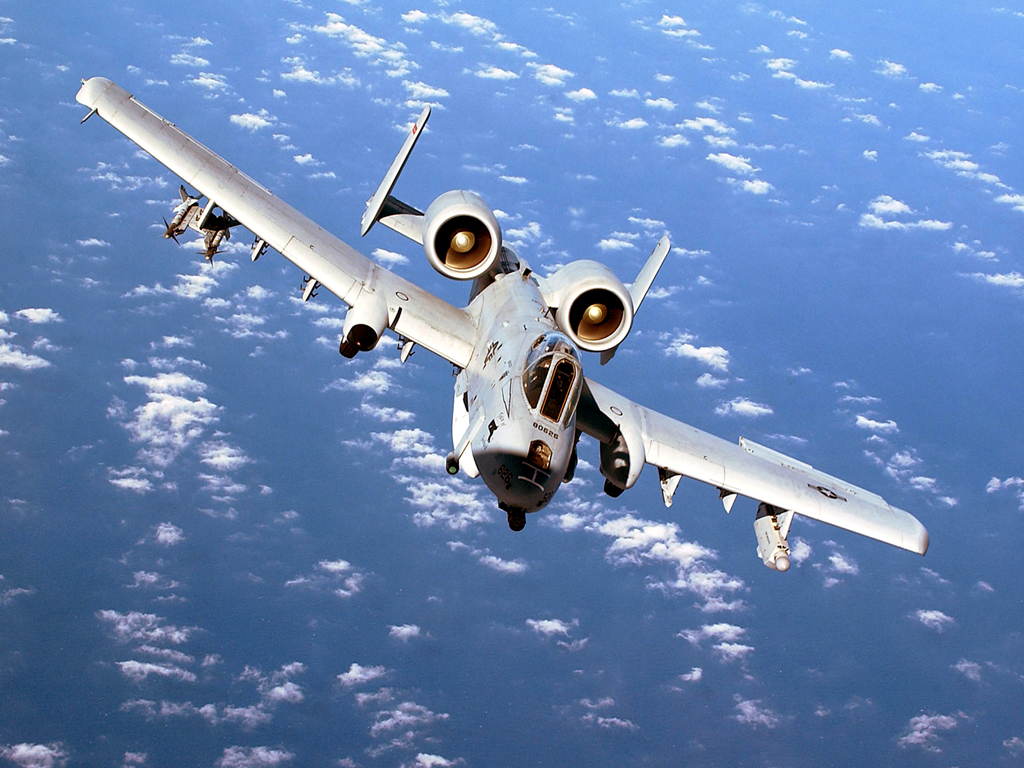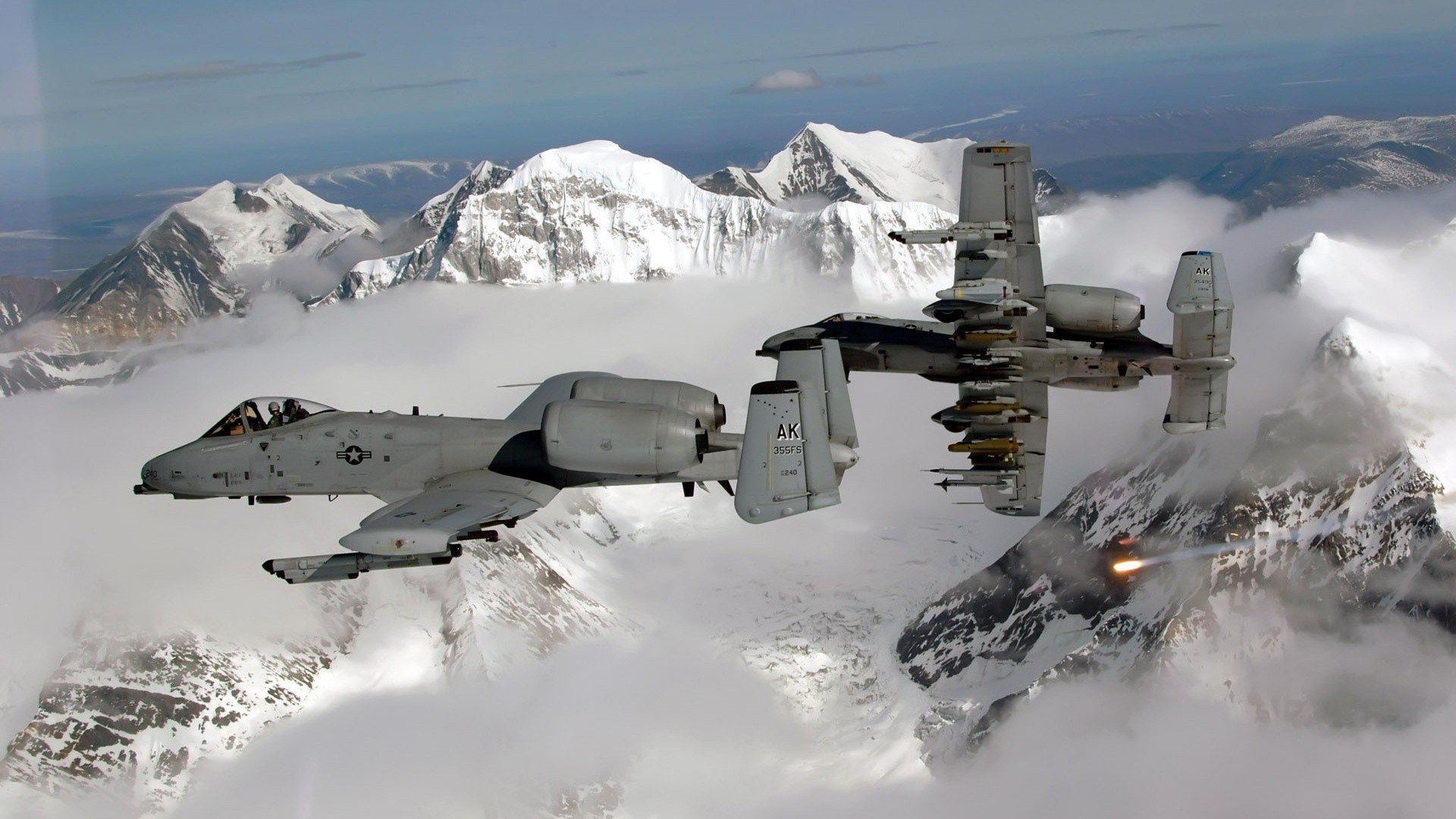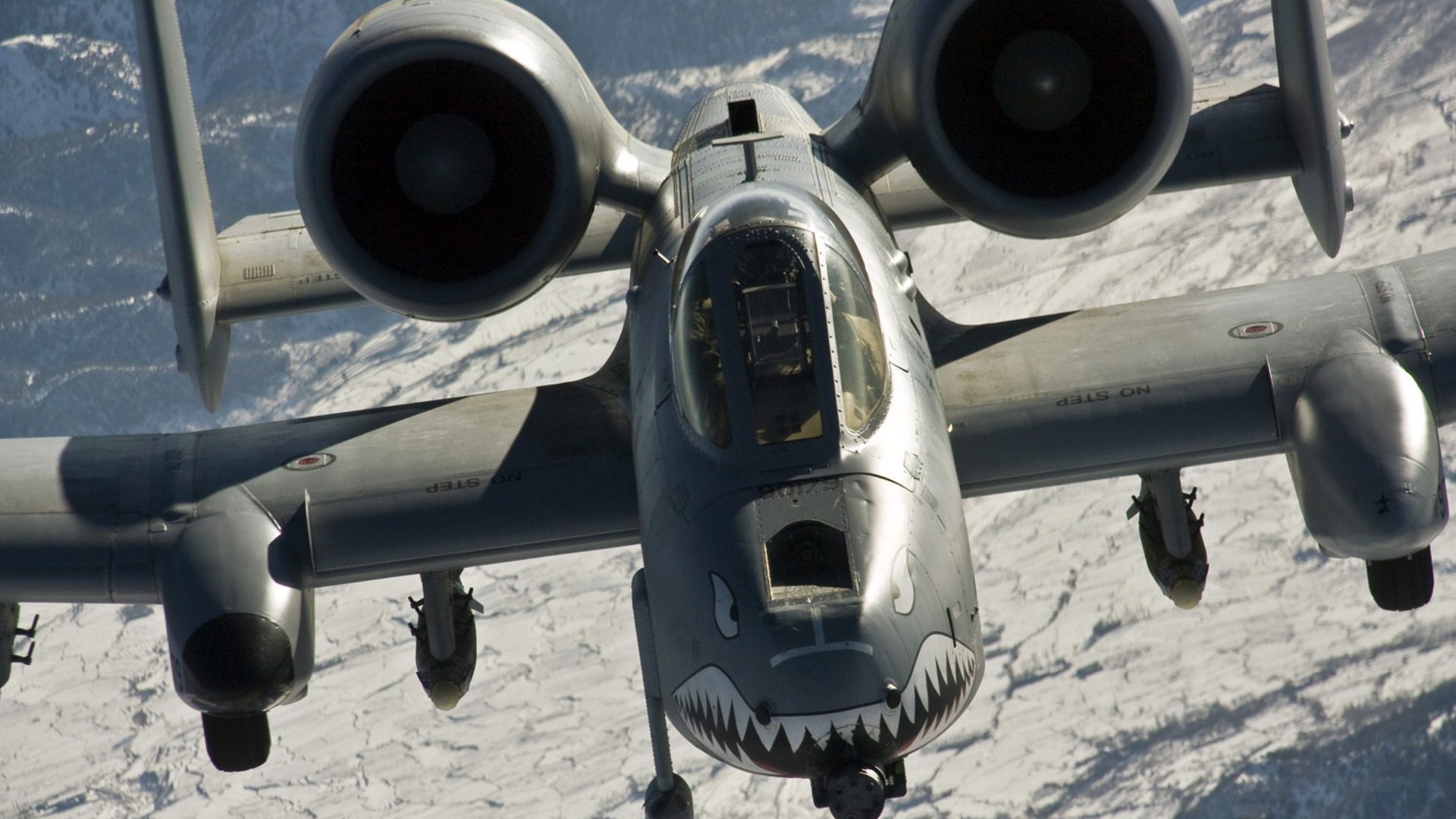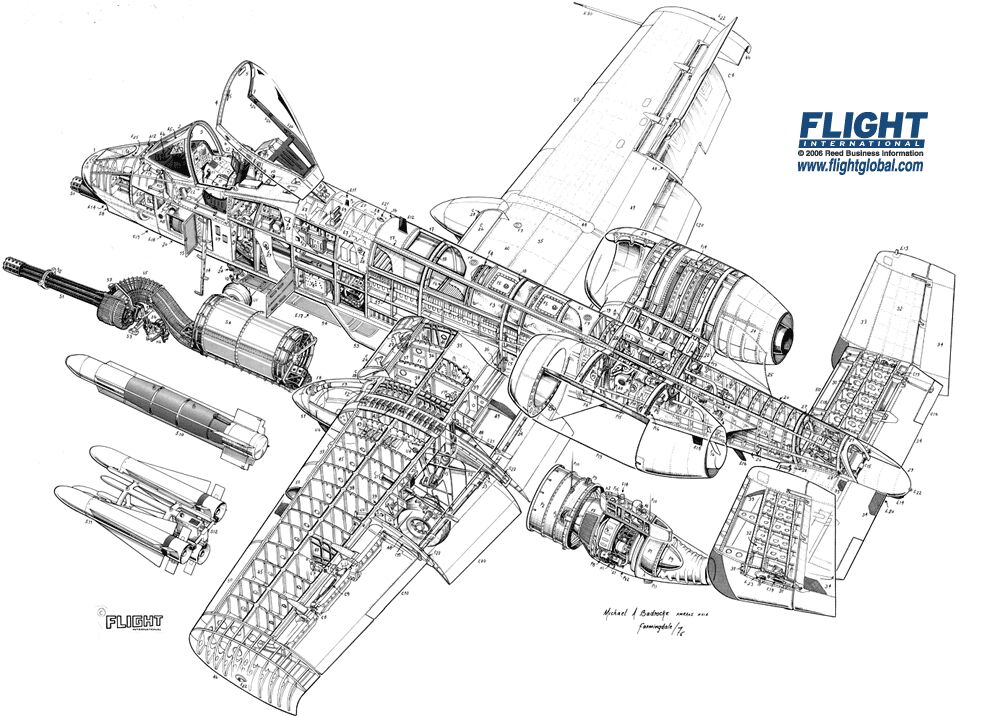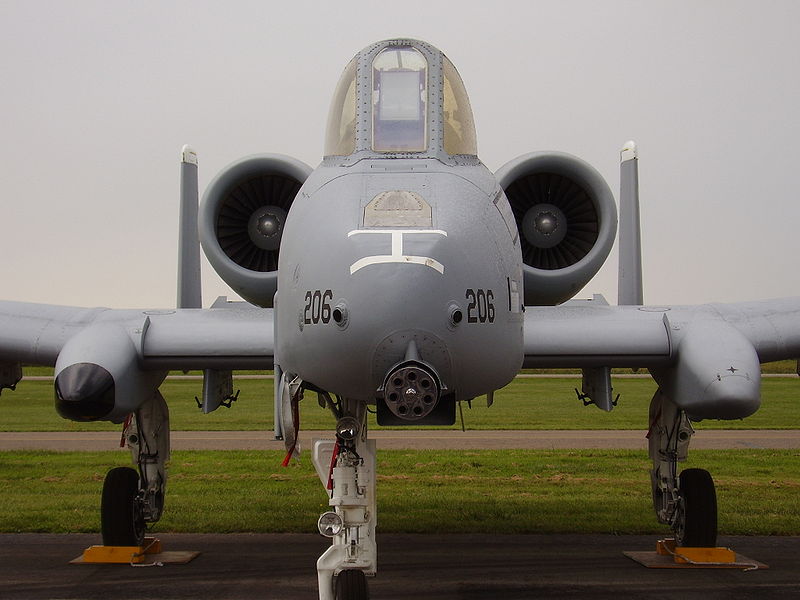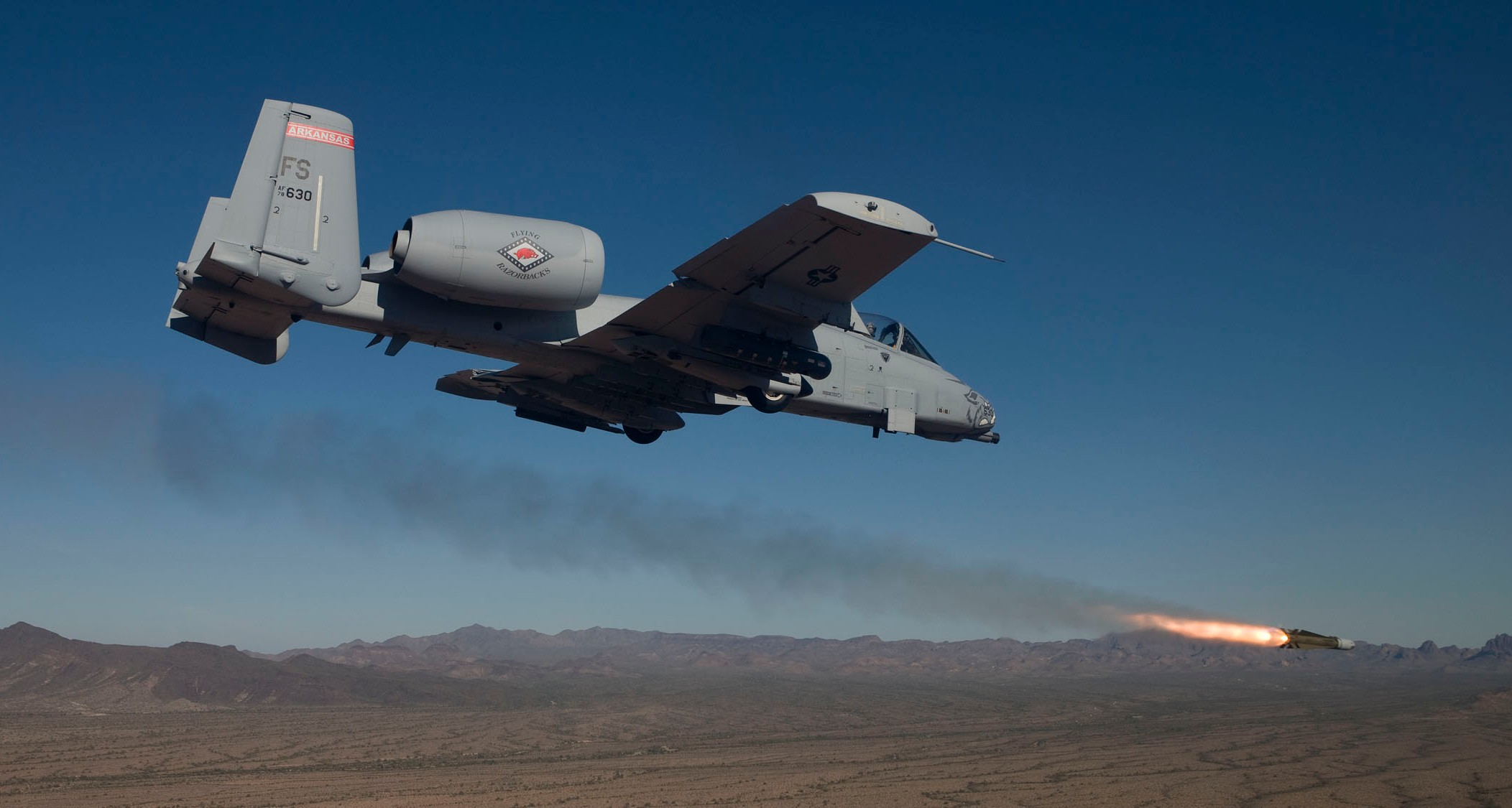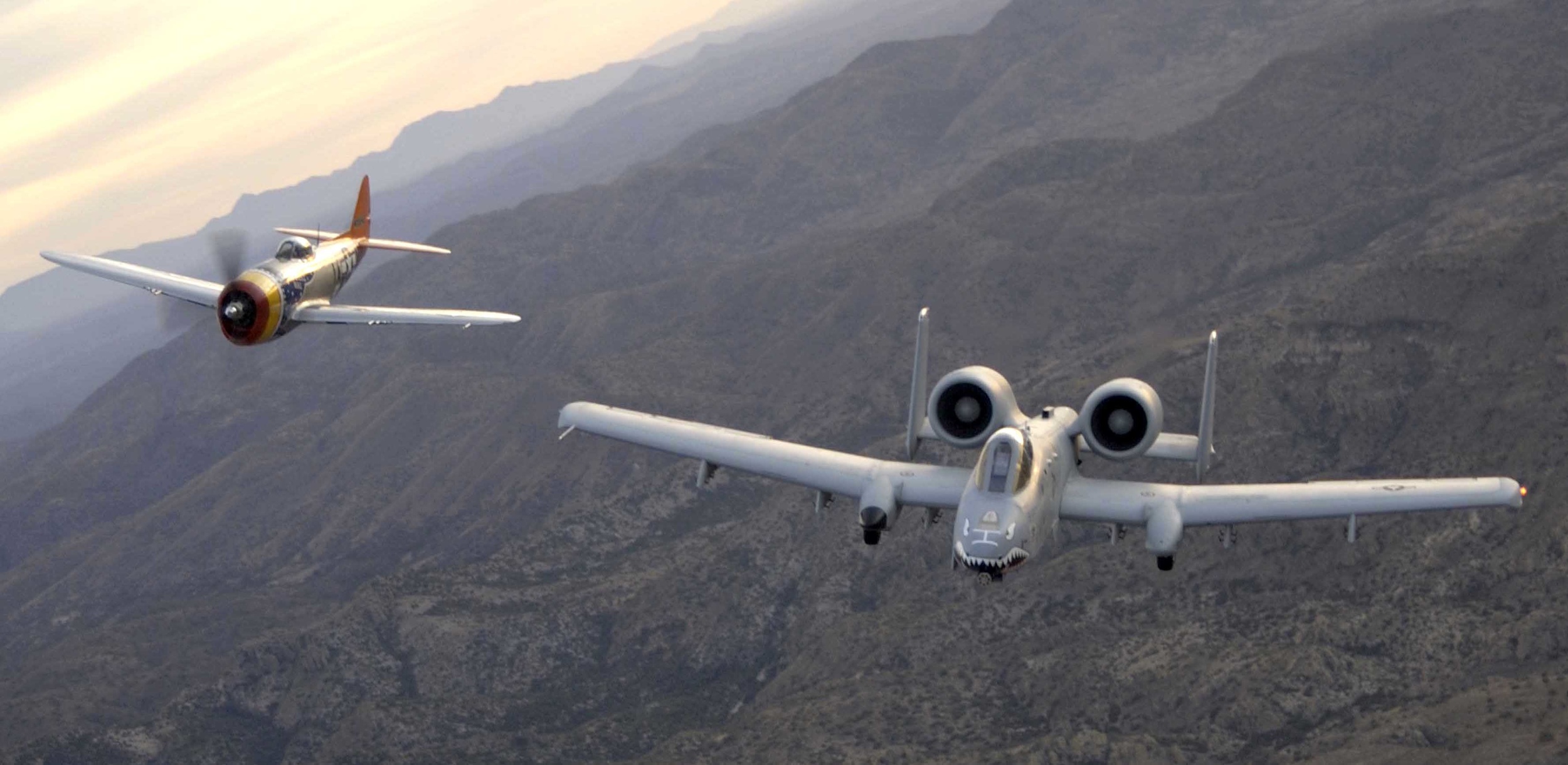“The most survivable plane ever built.”
One measure of greatness for judging an innovator’s impact in his field is how lasting a new design remains relevant and functional in solving the problem it was intended to solve. The Fairchild Republic A-10 Thunderbolt (Warthog) was designed by Kartveli and team in the 1960s and first deployed in 1972 – and exemplifies how Kartveli translated the need for a close air support fighter aircraft into the most potent fighter aircraft ever designed. The Warthog remains feared by enemies and revered by the US Air Force decades after Kartveli’s death. Despite rapid innovation in aeronautical materials and designs since the 1970’s, 320 A-10s remain in service as of 2014.
Joshua Stoff, Curator, Cradle of Aviation Museum, discusses Alexander Kartveli's contribution to aviation design including A-10, P-47, F-105. Produced by Aviation Media LLC
How the A-10 become the "most survivable plane ever built."
A-10 VARIANTS
YA-10A
Pre-production variant. 12 were built.
A-10A
Single-seat close air support, ground-attack version.
OA-10A
A-10As used for airborne forward air control.
YA-10B Night/Adverse Weather
Two-seat experimental prototype, for work at night and in bad weather. The one YA-10B prototype was converted from an A-10A.
A-10C
A-10As updated under the incremental Precision Engagement (PE) program.
A-10PCAS
Proposed unmanned version developed by Raytheon and Aurora Flight Sciences as part of DARPA's Persistent Close Air Support program. The PCAS program eventually dropped the idea of using an optionally manned A-10.
Civilian A-10
Proposed by the South Dakota School of Mines and Technology to replace its North American T-28 Trojan thunderstorm penetration aircraft. The A-10 would have its military engines, avionics, and oxygen system replaced by civilian versions. The engines and airframe would receive protection from hail, and the GAU-8 Avenger would be replaced with ballast or scientific instruments.
The A-10 has superior maneuverability at low speeds and altitude. Its large wing area, high wing aspect ratio, and large ailerons are uniquely designed to maximize its performance as a close air support aircraft. The A-10’s high aspect ratio wing also allows for short takeoffs and landings, permitting operations from rough forward airfields near front lines. The aircraft can loiter for extended periods and operate under 1,000 ft ceilings with 1.5 mile visibility. It typically flies at a relatively slow speed of 300 knots. It is an ideal platform for the ground-attack role compared to fast fighter-bombers that have difficulty targeting small and slow-moving targets.
The A-10's official name comes from the Republic P-47 Thunderbolt of World War II, a fighter that was particularly effective at close air support. The P-47 also was designed and developed by Kartveli.
